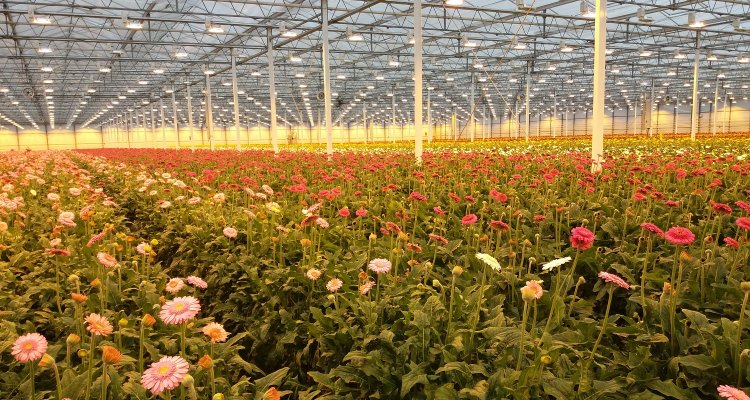
Project
PPP Air monitoring “What’s in the air?”
As a grower you have to deal with all kinds of diseases and pests that can affect the health of your crop. These can be spread through the soil, nutrient solution, but also via the air. How do you best sample and analyze if pathogens are present in the air of your greenhouse? And if so, how do you know which pathogens you are dealing with? This is being investigated in the PPP Air Monitoring, which has just started and will run until April 1st, 2026.
Why are we doing this research?
The greenhouse horticulture sector is very important for the Netherlands and comprises 0.9% of the gross domestic product. A large number of plants and plant products are grown under glass: pot plants, greenhouse vegetables, soft fruit and cut flowers. Greenhouse horticulture in the Netherlands meets strict phytosanitary requirements, partly thanks to smart monitoring and detection technology. However, at the moment no air samples are analyzed for the presence of pathogens in the air. We want to close this gap with the PPP Air Monitoring. This because the right control measures can be taken when pathogens are detected at an early stage. This way damage can be limited. The use of plant protection products can also be reduced in this way.
What do we want to achieve?
The project uses a multidisciplinary approach to combine cultivation knowledge from practice with technological knowledge and specialized knowledge in the field of ecology and diagnostics of plant pathogens. The aim is to identify the best air sampling and analysis systems. The obtained results can then be converted into tailor-made advice for the use of cultivation measures and crop protection methods. This gives growers new tools to process complex information about the cultivation system and to adjust cultivation if necessary. In addition, the (meta)data from the research will be analyzed so that future users can learn from this knowledge.
How are we going to do this?
The crops that will initially be focused on are cucumber, gerbera and rose. Other crops can also be added at a later stage. The project is divided in 5 work packages:
| Work package 1 | Air Samplers: What equipment is available? In this work package, 3 to 4 samplers will be selected to participate in the study. |
|---|---|
| Work package 2 | Metagenomics: How can one analyze the air samples that are taken in the greenhouse using sequence analysis? |
| Work package 3 | Detection: Detection of two pathogens (fungus and bacteria) by means of 2 molecular methods (qPCR and LAMP test). |
| Work package 4 | Testing two pathogens on cucumber and study how they spread via the air. |
| Work package 5 | Research of air samples in the field of cucumber, gerbera and rose (and possibly other crops). Growers are asked to contribute their practical experiences. |